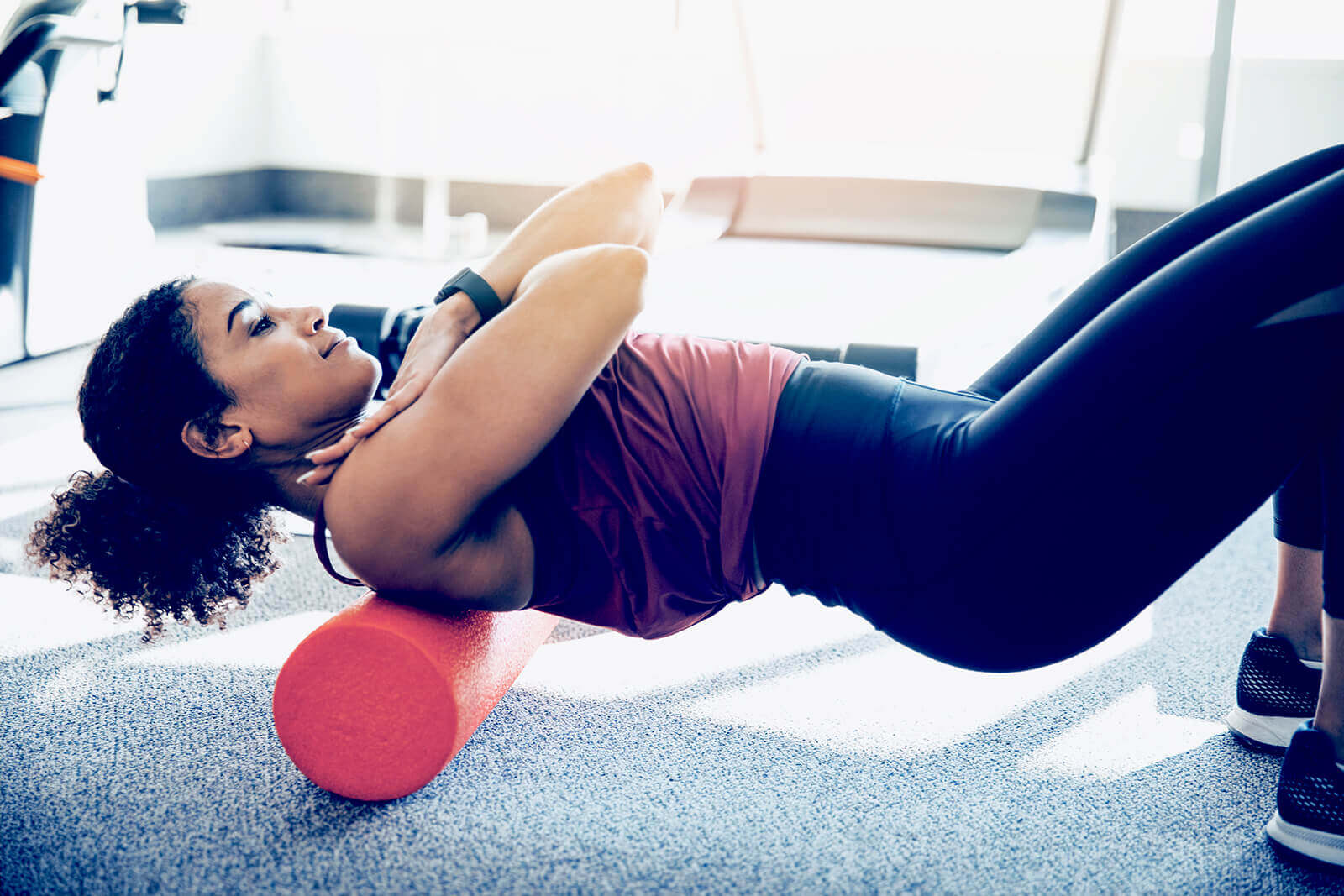Foam rolling has been “the” tool for flexibility and mobility in and out the gym, used and promoted by your local YMCA trainer to elite athletes and coaches. Although the data is promising for foam rolling’s ability to acutely increase range of motion, the question remains: does foam rolling work long term? And if yes, how long do you need to consistently foam roll for to meaningfully increase range of motion?
Overview
What did they test? The researchers looked at the current available scientific evidence on the long terms of foam rolling on range of motion (ROM) by performing a systematic literature review.
What did they find? 11 studies with a total of 290 participants were included in the authors’ analysis. Foam rolling increased ROM in interventions lasting more than 4 weeks. ROM increases were muscle/joint dependent as foam rolling was effective in increasing ROM when applied on the quads and hamstrings but did not seem to have an effect on ankle dorsiflexion ROM when applied on the calf muscles.
What does it mean for you? If you enjoy foam rolling and increasing the ROM of a specific joint is your goal, it is in your best interest to consistently foam roll the muscles of that joint for more than 4 weeks.
What’s the Problem?
When warming up or looking to increase flexibility, people use a variety of different methods to increase the range of motion (ROM) of a joint.
Static stretching was the de facto warm-up & flexibility “go-to” for the majority of people, including athletes, for many years. Static stretching requires one to stretch a muscle in a single position that they can hold for a specific period of time (eg: overhead tricep stretch), usually anywhere between 30 to 60 seconds. Eventually, static stretching started getting “replaced” by dynamic stretching, where instead of holding a muscle at a single position for time, you move a joint through its full range of motion (eg: leg swings) as research highlighted the potentially negative effects of static stretching on strength and power performance 1 2.
I put “replaced” in quotation marks as static stretching went from “the ultimate warm-up and flexibility method” to “performance poison” real quick. The truth probably lies somewhere in the middle as static stretching does improve range of motion and the intensity and duration of each stretch may play an important role in whether static stretching will affect performance. Long periods of static stretching to the point of discomfort may not be your best bet when warming up prior to a training session, but recent studies show that shorter periods (≈30 seconds) of static stretching prior to a training session may even provide a slight benefit for performance and range of motion 3.
Dynamic stretching on the other hand is a safer bet when it comes to warming-up as research shows that it can yield similar ROM improvements as static stretching without the potential performance “downsides” 2 4.
The relatively “new kid on the block” is foam rolling which has become the new “go-to” modality for people who want to improve their flexibility and allegedly, improve various markers of recovery. Foam rolling is essentially a form of self-massage where you compress the muscle or area you want to target using a, you guessed it, foam roller. Foam rolling is widely used by a plethora of individuals who engage in physical activity, from high level athletes to your average jane or joe at your local gym so you’ve probably seen one 5. Foam rolling became quite the trend at some point in the last few years, with its effect on exercise recovery and performance being grossly overstated (mostly by the industry). Despite the hype, research has shown that foam rolling’s effects on performance and recovery are, if anything, minor and that foam rolling should be viewed mostly as a warm-up tool rather than a recovery one 5.
That said, previous research has confirmed that foam rolling may help relieve exercise induced soreness and acutely improve ROM while highlighting more long term data is needed to understand the true of foam rolling, especially when it comes to increasing ROM 6.







